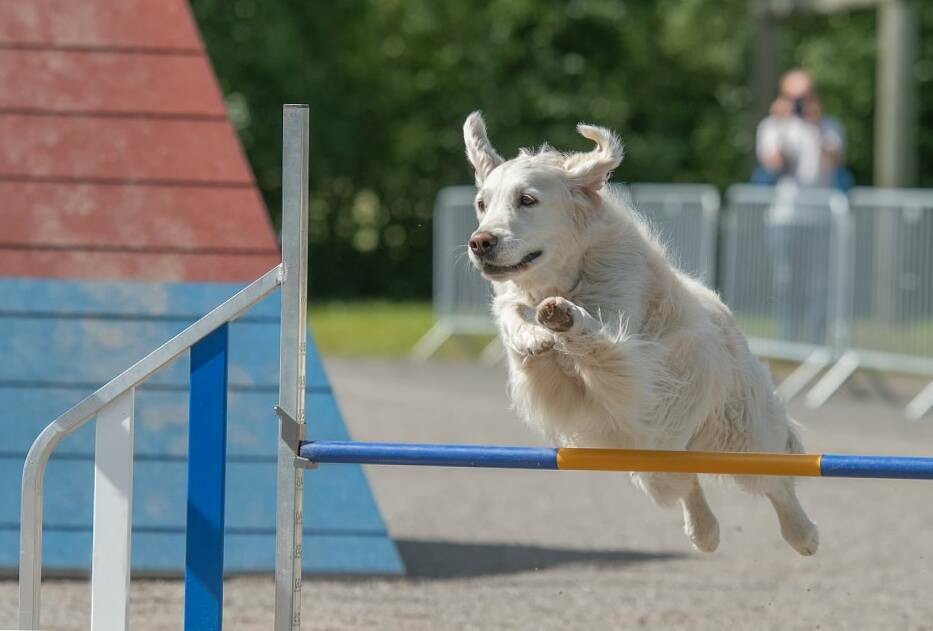Smart, obedient, and adaptable, Labrador Retrievers are a popular choice for first-time dog owners. These pups are always game for anything – training sessions included. So if you’re looking to train your Lab, these tips should come in handy!
Training your Labrador Retriever the right way starts with early socialization sessions as simple as introducing your Lab pooch to other pets in the household and getting them used to each other. Training your Lab right by taking them out first thing in the morning during potty training. And instead of punishments, positive reinforcements goes a long way when training your Lab the right way.
Ready to begin training your Lab? Get your furbaby up to speed with his or her training sessions with these 23 tips to help you out.
23. Socialize Early
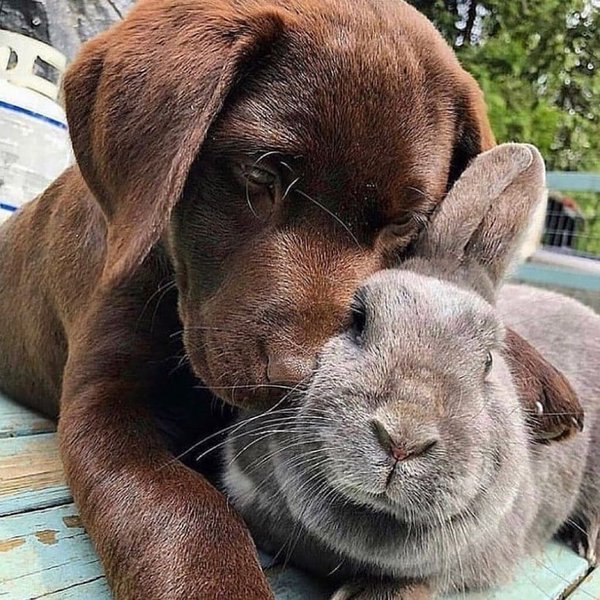
Early socialization is very important for Labs. After all, these are people dogs that love to be with others – humans and animals alike.
If you have other pets in the house, introduce your Lab to these animals slowly and regularly. The older pooch should be aware that he’s the top dog, yet make it a point that these two don’t get too wild and the older canine should be kind and gentle to the young one. Your supervision is very much needed in such socialization sessions.
22. Potty-Train The Right Way
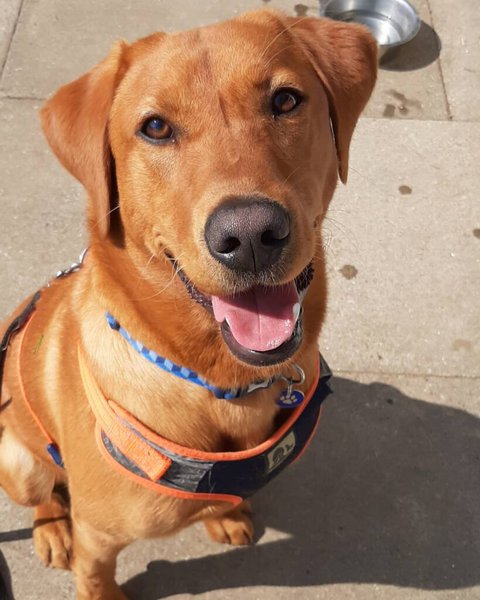
Potty training is always tricky for new fur parents. Fortunately, Labs are excellent students because of their strong desire to always please their owners.
Take your pooch outside upon waking up, followed by another potty training session every 30 minutes. Use edible treats to keep them motivated and encourage them to do what’s expected from them.
21. Deal With Teething
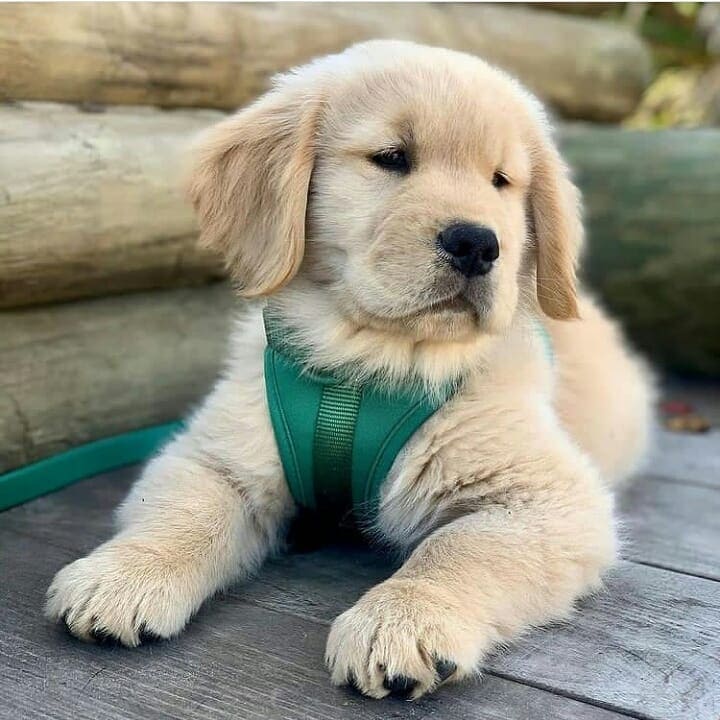
Speaking of chewing, your pup gets into this chewing phase because of the teething process. This usually happens once they are about 4 to 5 months of age.
Part of the training process is making sure that your pooch is developing properly, including oral health. Check your pet’s mouth and see if there’s any baby tooth not coming out to be replaced by adult teeth.
Teething can be quite uncomfortable for every pup, so it is best to make sure things are progressing as normal to not interfere with training sessions.
20. Choose The Best Time To Start Training
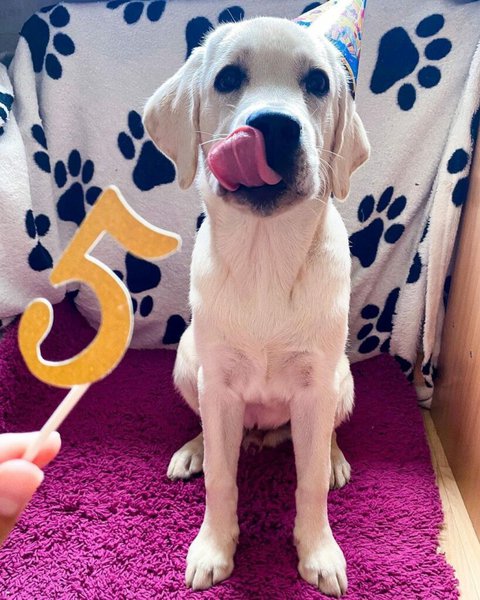
Labs are creatures of habits. They need a routine to develop discipline and learn things easily, particularly when you’re training them new skills.
In addition to training your pet regularly, you need to pick the best time to begin the process. It could be the day after your pup’s birthday, a new month, and so on. When motivation is high, you can expect better results.
19. Take The Stairs
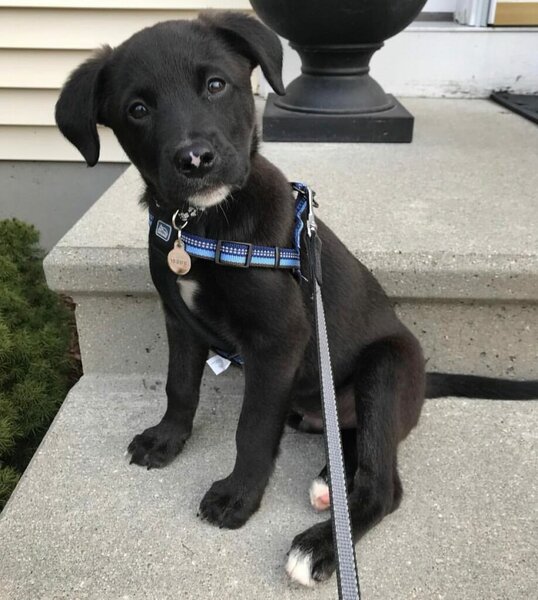
Got stairs in the house? It’s always something intimidating for very young pups. This is why you need to slowly train them to take the stairs until it does not scare them anymore.
The best time to teach your Lab puppy to use the stairs is at 4 months of age or so. At this age, pooches should have developed better motor skills, allowing them to go down and up the stairs slowly but steadily.
18. Set Goals
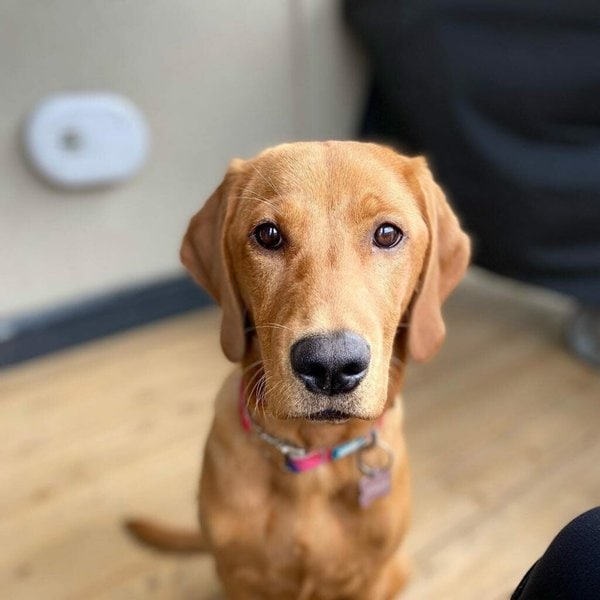
When training your Lab, it is always best to determine what skills and good behaviors you want them to learn and not the bad ones you want them to eliminate. Instead of stopping them from jumping up, train them to sit if they want to be petted.
Set your goals and have a list of what you want them to develop. Focus on what you want your Lab to do instead of the laundry list of what you don’t want him to keep doing.
17. Join A Support Network
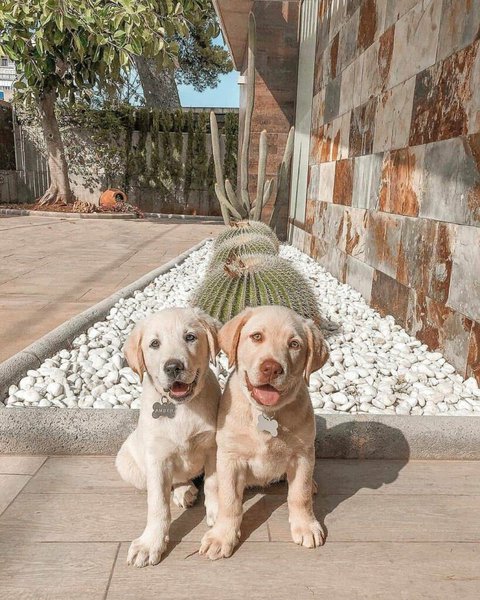
Never feel that you are alone in training your pooch. If you are a first-time owner, it is always good to seek support from those who have years of experience in dog training. Additionally, you can get support from other owners who are on the same boat as you.
Check out some forums and exchange insights with other Labrador owners like you. There is so much to learn from each other aside from getting the support you seek.
16. Award The Right Treats

Treats are very important when training a Labrador Retriever. But at the same time, you need to choose the right treats, so they work to your pup’s advantage and not do more harm than good.
Unusual or special foods are great training treats since these are not something your pup gets every meal. If your pup likes roast chicken, yet he does not get to eat it everyday, then that’s a good choice for a training treat.
15. Commence Obedience Training

After your Lab puppy has finished the initial round of vaccines for his age, then you can begin obedience training sessions. This should be some time around the fourth month of age.
Aside from learning new skills, obedience training classes open up more opportunities for socializing with other dogs. It would help to look for a suitable class with a setup and training program that meets your pup’s needs.
14. Keep Your Pooch Engaged Outdoors
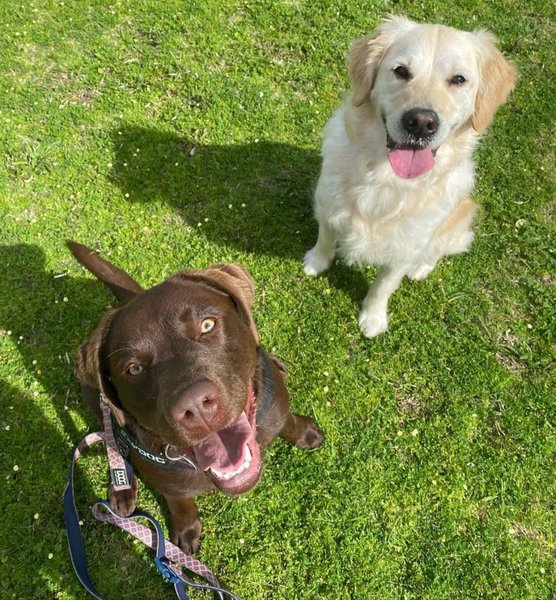
When not supervised and trained well, some Lab pups can become a bit of a problem. This is why you should never just let your pooch trot along while on a walk. Worst case scenario is they may end up running off and chasing wildlife, which can be a disaster.
Thus, you need to manage your pup well and engage them at all times when outdoors. This includes providing activities and engaging tasks while walking or playing with them at the dog park, the neighborhood street, and so on.
13. Tackle Hard Lessons In Between Easier Ones
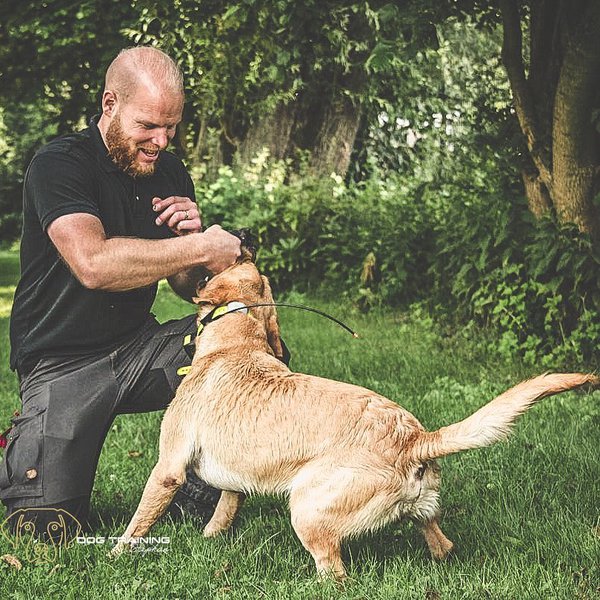
If you are teaching more difficult skills to your pup, make it a habit of “sandwiching” these with easier ones. Not only will this help improve your pup’s confidence level by succeeding in easier tasks but will help to challenge and stretch his abilities more.
For instance, train your Lab to sit for 6 seconds, followed by 10 seconds, then end it with a 3-second sit. This way, success is guaranteed at the start and end of the session, which is confidence-building for your pet.
12. Encourage Working Towards Edible Rewards
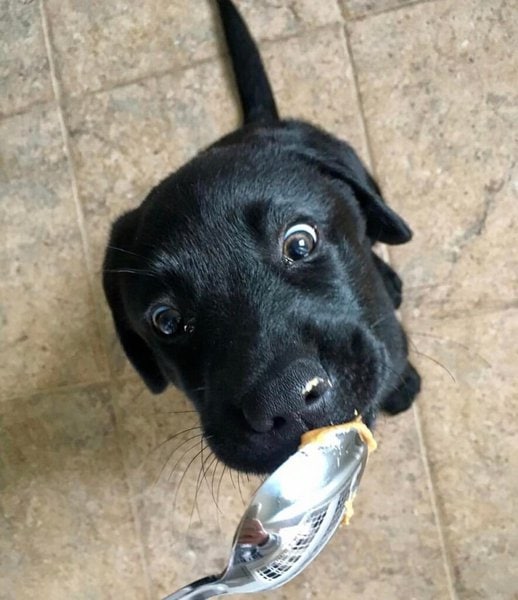
Rewards don’t always have to be food but we cannot deny the fact that it is very useful, particularly during the first few sessions. This is why it is a good way to opt for edible rewards, especially when your pup is just starting out.
But an important concept to teach your dog is that he needs to work to get his tasty treat. Sure, these treats are just right there for him to get as a reward but only for every task completed.
11. Know How To Use An Event Marker
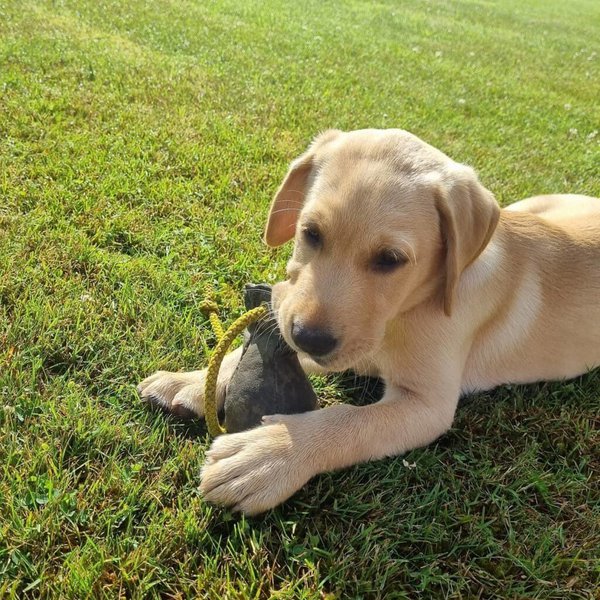
Never underestimate the value of an event marker. It is an indispensable tool that lets your pet know what that edible reward is for. It could be a clicker while others simply use a word.
Proper coordination and timing are crucial to perfecting the use of an event marker. You can “mark” a certain behavior and incorporate the use of a clicker when there is an improvement or increased competence level observed. It takes practice and something that you can perfect over time.
10. Test Skills Learned In Various Situations

Just because your pup has learned some skills at home, this does not mean he can carry them out in other situations. This is why you need to retrain your Lab when in a new environment to strengthen these skills learned.
Refresh your pet’s leash walking, recall, and other basic training skills when in the presence of other people and dogs. It can be a bit of work for your pooch the first time but worth it in the long run.
9. Fake It When Possible
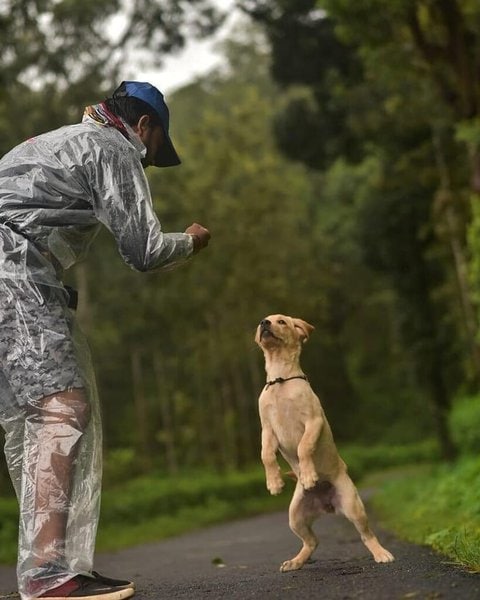
Role playing or simulating various training scenarios both at home and outdoors are important in dog training success. But you will need the help of another person who can carry out these fake scenarios with you.
Aside from a friend to help you with the role play during training sessions, a training lead is an important tool to restrain your pooch from going after the rewards if he did not complete the task well. So, be sure to have it ready before you begin.
8. Train-Lead Your Pup
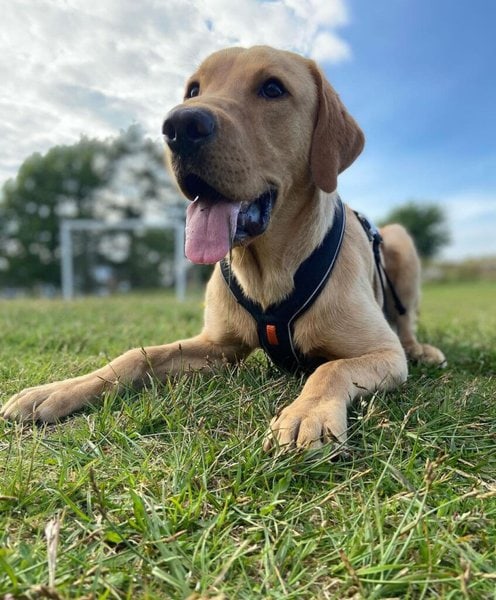
This list of tips on how to train a Labrador Retriever the right way will never be complete without including the use of a training lead. This is important during the first few sessions just so your pooch will not end up helping himself to all the rewards that await him.
After all, you determine what behavior warrants a reward and which ones don’t. So, make sure there’s a training lead attached to your pup’s harness during the initial training sessions.
7. Decrease Your Demands
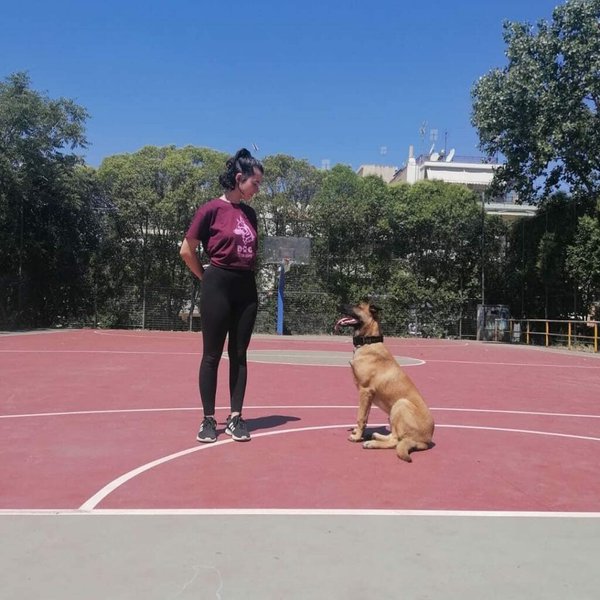
If you have been feeling disappointed with the results you are getting, then perhaps you are expecting too much from your pup. This is why there is a time and place for decreasing your demands, so it’s a win-win.
Set your goals but make sure they are reasonably attainable. Moreover, when you’re adding a more difficult skill, you should drop your standards at first and take it slow until it’s mastered over time.
6. Walk Your Pooch
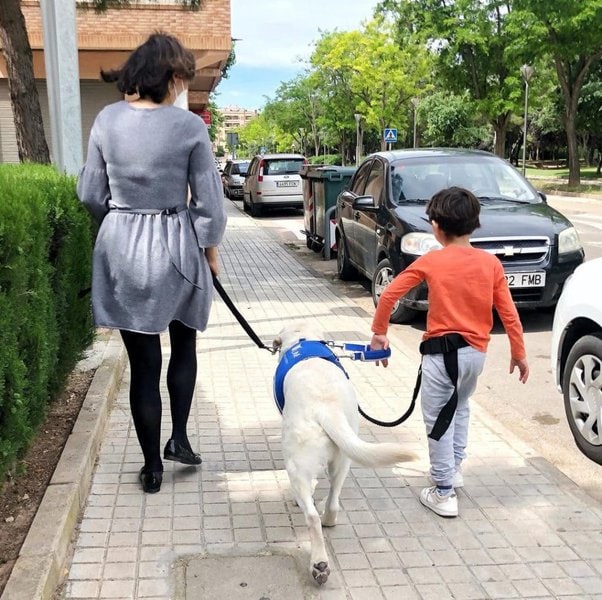
At 6 months of age, it is a good time to walk your pooch and introduce enjoyable games such as short leash walking or a fetch. But before this age, just let your pup be a young doggo!
Dog walks are always a treat for young puppies. However, they can get tired rather easily. So, limit it to a few minutes each day until you can build up the length of time spent on walking.
5. Take It Easy
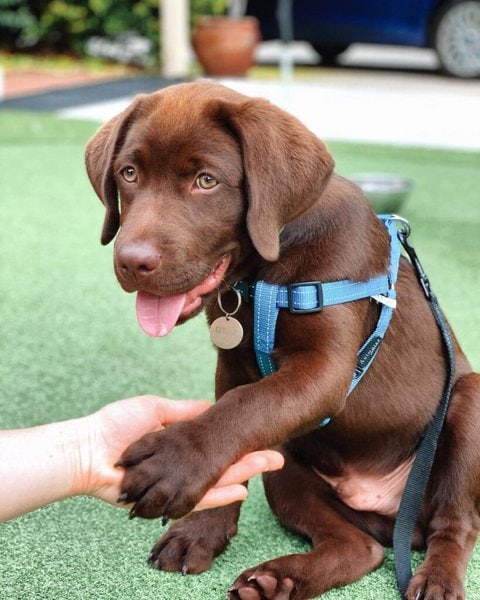
Sometimes, owners are not quite aware of what skills are hard or easy for their pets. This is why they tend to be disappointed when their pet fails to learn the skill, only because it is much too difficult and a big jump from the simple and basic skill learned prior to that.
Thus, you want to pick a skill that stretches your pup’s ability a little, yet attainable within a couple of sessions. This prevents you from getting frustrated with the results while improving your pup’s confidence level.
4. Plan For Potential Problems
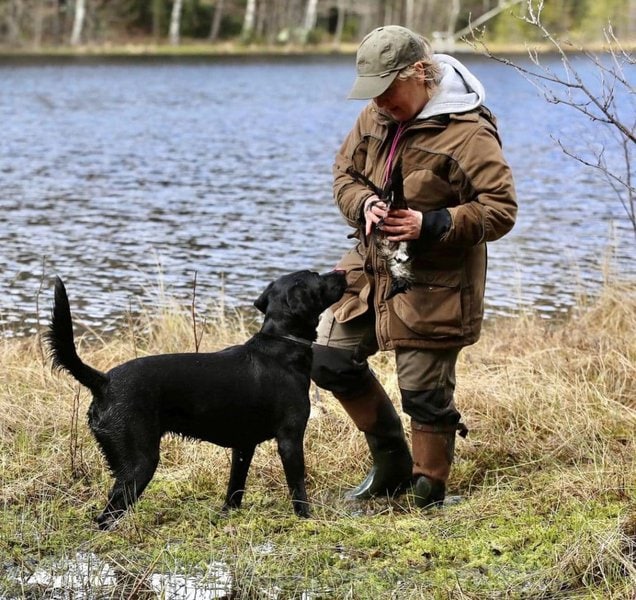
No matter how you plan your training sessions, you need to realize that a certain amount of problems are bound to happen. Although you’re at the beach early in the morning with your pup, that does not mean you can have the place to yourself.
Thus, you should anticipate potential issues and have your training lead ready and to the rescue. Be prepared for whatever may happen and pack all the tools you need before you head outdoors for your pup’s training sessions.
3. Never Punish Your Pooch
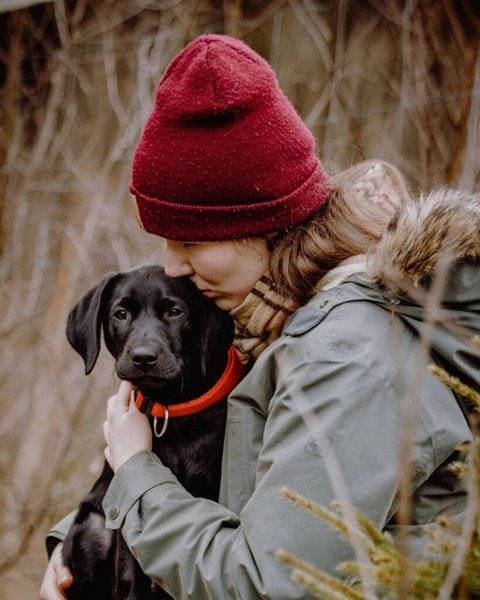
Just think of how many times it took you to finally learn how to walk, read, or write. In the same way, you cannot expect your pooch to learn things immediately. This is why you should NEVER ever punish your Lab if he fails.
Punishment only promotes negative behavior while developing aggressive tendencies in your pooch. On the other hand, positive reinforcement fosters confidence, motivation, and strengthens positive behavior needed to learn skills.
2. Encourage Chewing Toys But Not Furniture
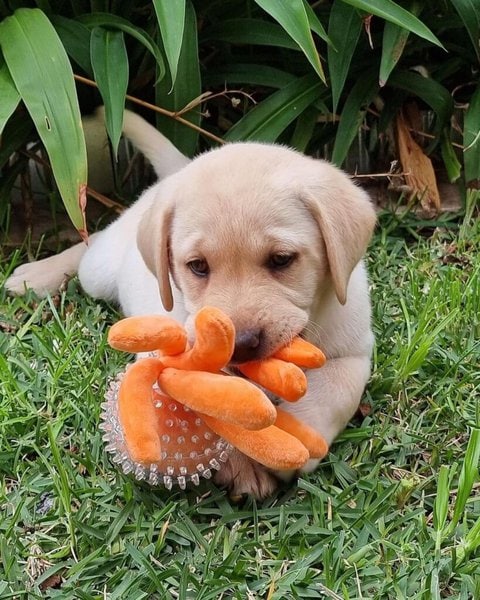
Young pups are big chewers, especially during the first year of their life. So it is important to puppy-proof your home to prevent your furniture from getting chewed on.
Stock up on chew toys and make sure they’re in plain sight so your pooch can easily find them and chew on them. On the other hand, hide those things that you don’t want to end up in your puppy’s mouth.
1. Train To Swim
Labradors are great swimmers. They crave the fun and excitement in splashing around and cooling off after a hot day. So, if your pooch just turned 3 months old, that’s the best time to teach your four-legged pal how to swim.
But a word of caution – they love to swim but you should never just throw them in a pool and expect them to start paddling. Use safety tools and take it slow until they get used to the water, which should not take too much time.
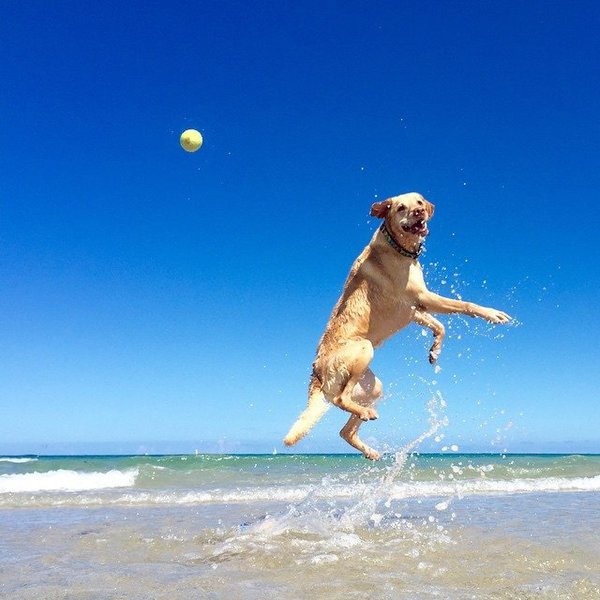
Related Questions
What Can I Train My Labrador To Do? Labrador Retrievers are smart pups that learn new skills easily. Some of the things you can train your Labs to do include teaching them how to sit, extend their paws to “shake”, and to roll over. These are basic tricks that a Labrador should be able to master in just a few, regular sessions.
Are Female Labs Easier To Train? Although Labradors are generally easy to train, female Labs learn faster because they mature quicker than males. They outgrow their extremely playful puppyhood stages at a younger age, so they can pick up new skills at a faster rate.
Are Labradors Good For First Time Owners? Because of their inherent obedience, intelligence, and fun-loving character, Labradors are great for first-time owners. They get along well with all members of the household, including young children and other pets.

